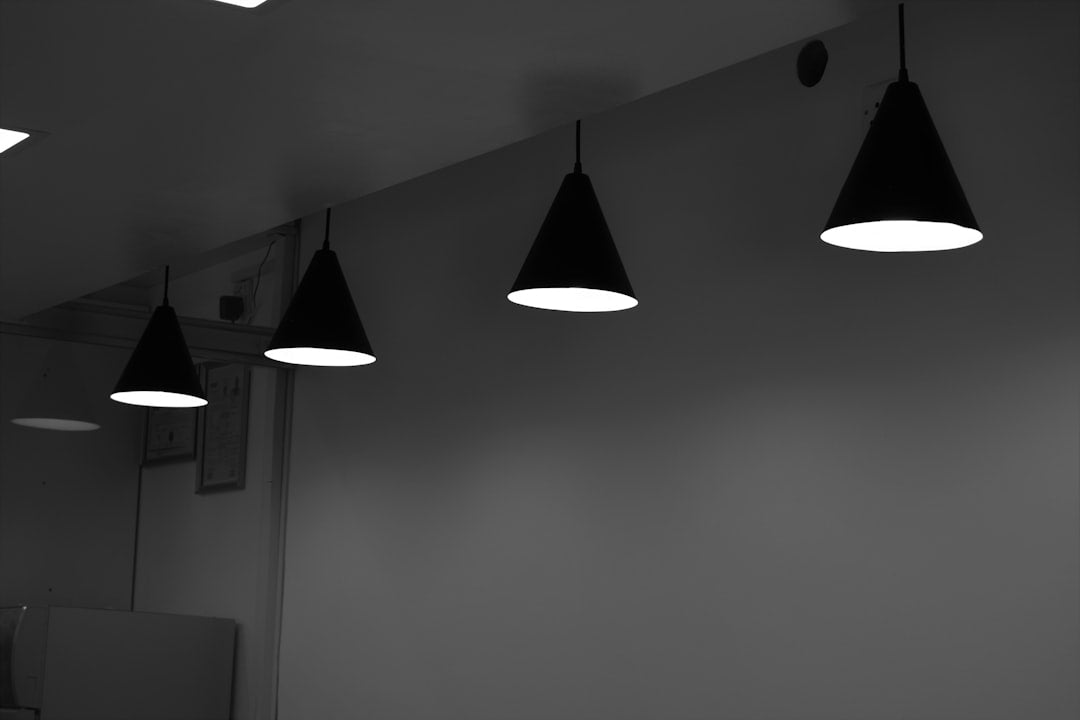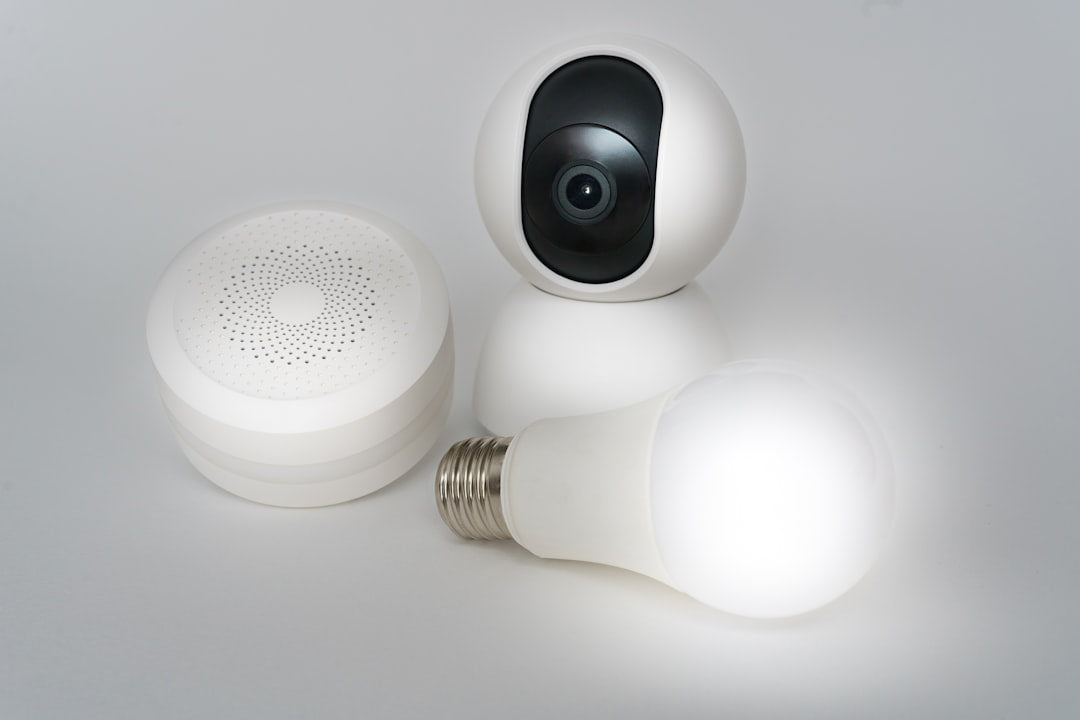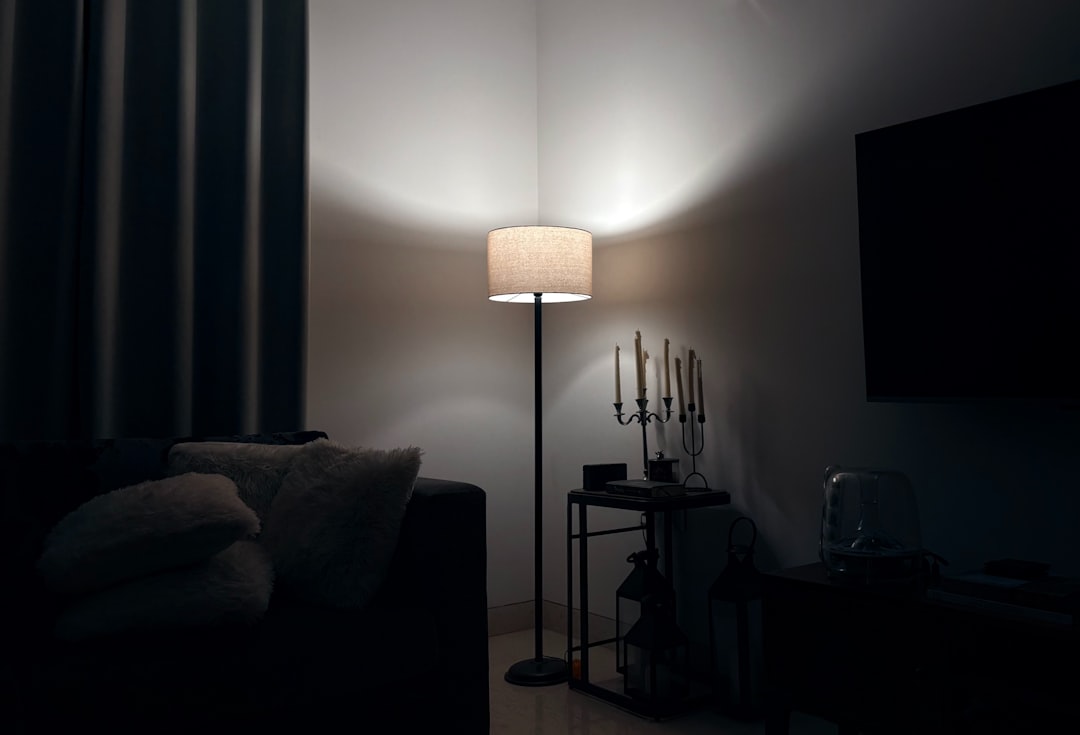Discover how the color temperature of lighting profoundly shapes mood, wellbeing, and productivity. By aligning your lighting choices with psychological, biological, and cultural cues, you can create harmonious spaces that support every aspect of life—from relaxation to focus.
How Lighting Color Temperature Influences Mood, Wellbeing, and Productivity
Key Takeaways
- Lighting color temperature ranges from warm (2700K) to cool (6500K+), each impacting mood and energy differently.
- Warm light fosters calm and social comfort; cool light enhances focus and alertness.
- Circadian rhythms benefit from dynamic lighting that mimics natural daylight cycles.
- Layered lighting design balances functionality with ambiance for versatile spaces.
- Cultural and seasonal factors influence preferred lighting styles and colors.
Table of Contents
- 1. What Is Lighting Color Temperature and Why Does It Matter?
- 2. How Lighting Color Temperature Affects Wellbeing: The Role of Circadian Rhythms
- 3. Boosting Productivity with Cool Color Temperature Lighting
- 4. Creating the Right Atmosphere: Layered and Balanced Lighting Design
- 5. Cultural and Seasonal Influences on Lighting Preferences
- 6. Decorative Lighting: How Paper Star Lanterns Enhance Mood and Ambiance
- 7. Room-by-Room Lighting Recommendations Using Color Temperature
- FAQ
1. What Is Lighting Color Temperature and Why Does It Matter?
Measured in Kelvins (K), lighting color temperature defines the hue of emitted light, ranging from cozy amber tones to invigorating blues.
- Warm lighting (2700K–3000K): Soft amber glow that calms and invites intimacy.
- Neutral lighting (3300K–5000K): Balanced white that works well in versatile spaces.
- Cool lighting (5000K and above): Crisp, bluish-white light that boosts alertness and focus.
Beyond aesthetics, these hues send signals to our brain and body affecting mood, energy, and biological rhythms. Tailoring light temperature by purpose turns your environment into a supportive extension of your wellbeing.
Psychological Effects of Warm, Neutral, and Cool Light
- Warm light soothes nerves, fosters comfort, and enhances social connection—ideal for bedrooms and cozy lounges.
- Neutral light balances clarity without harshness, perfect in halls and bathrooms.
- Cool light sharpens attention and lifts mental acuity, making it a staple in offices and schools.
“Lighting color temperature is more than a design choice; it’s a silent communicator to our brain and emotions.”
Learn more at The Science of Color Temperature and Its Effects.
2. How Lighting Color Temperature Affects Wellbeing: The Role of Circadian Rhythms
Our circadian rhythms govern sleep, alertness, and hormone cycles, with light as a key synchronizer. Mimicking the natural progression of daylight can enhance health and mood.
- Morning light is cooler and blue-tinted, which stimulates wakefulness and energy.
- Evening light shifts to warm hues that calm and cue the body for rest.
Avoiding bright, cool artificial lighting at night helps prevent melatonin suppression and supports better sleep.
Smart LED lighting systems now dynamically adjust color temperature, aligning your indoor environment with natural rhythms—promoting wellbeing and reducing circadian disruption.
Discover technologies at Lighting for Wellness and Circadian Health.
3. Boosting Productivity with Cool Color Temperature Lighting
Cool, crisp lighting between 5000K and 6500K stimulates cognitive function and reduces fatigue, making it ideal for focused work.
- Improves concentration and clarity during detailed tasks.
- Enhances visibility in offices, schools, and medical environments.
- Combining cool task lighting with warm accents prevents a sterile atmosphere.
Incorporating natural sunlight alongside cool artificial lighting maximizes morale and sustained mental performance.
Learn more at Lighting and Brain Function Study.
4. Creating the Right Atmosphere: Layered and Balanced Lighting Design
Effective lighting transcends bulb selection and embraces layering multiple light sources to enhance mood and function.
- Ambient lighting provides general room illumination.
- Task lighting directs focused light for activities like reading or cooking.
- Accent lighting highlights design elements or adds visual interest.
Balancing layers with warm, neutral, and cool tones allows smooth mood transitions, while dimmers enhance adaptability.
“Soft shadows and varied angles create depth and warmth, turning lighting design into an art form.”
Practical tips:
- Warm ambient light with layered task lamps in living rooms.
- Neutral overhead light combined with cool task lamps in workspaces.
- Maximize daylight exposure to balance your lighting palette.
5. Cultural and Seasonal Influences on Lighting Preferences
Lighting choices are deeply shaped by cultural meaning and seasonal needs.
- Scandinavian hygge emphasizes warm lighting to combat long, dark winters.
- Asian traditions use lanterns and warm glows to evoke harmony and ceremony.
- Middle Eastern aesthetics celebrate golden tones and ornamental lamps for ambiance.
Seasonally, higher color temperature lamps (~6500K) help simulate daylight and alleviate Seasonal Affective Disorder in winter months.
Explore cultural insight at Mood and Lighting Across Cultures.
6. Decorative Lighting: How Paper Star Lanterns Enhance Mood and Ambiance
Beyond function, decorative fixtures like paper star lanterns add personality and warmth through soft, inviting illumination.
- Create serene, cozy corners at home.
- Add festive charm to weddings and celebrations.
- Encourage creativity, joy, and social connection.
Use warm white LEDs and combine with task or ambient lighting for best results without sacrificing practicality.
For ideas, visit Emotional Impact of Lighting Choices.
7. Room-by-Room Lighting Recommendations Using Color Temperature
| Room | Recommended Color Temp (Kelvin) | Purpose & Effect |
|---|---|---|
| Bedroom | 2700K–3000K | Warm, calming light ideal for winding down and sleep |
| Living Room | 2700K–3500K | Flexible light for conversation, entertainment, or quiet time |
| Kitchen | 3500K–5000K | Bright light enhances visibility and focus for food prep |
| Bathroom | 3500K–4000K | Neutral tones offer clarity for grooming with a touch of warmth |
| Home Office | 5000K+ | Cool light increases focus and reduces eye strain |
Consider adjustable fixtures to adapt lighting according to your daily routines and moods.
FAQ
Q: Why is lighting color temperature important for sleep?
A: Exposure to warm, low-temperature lighting in the evening supports melatonin production, signaling your body it's time to rest. Cool, blue-rich light at night can disrupt sleep by suppressing melatonin.
Q: Can I use cool lighting in living rooms without making it feel cold?
A: Yes. Combining cool task lights with warm ambient lighting or decorative accents softens the overall feel, balancing clarity and comfort.
Q: What are the benefits of smart lighting systems regarding color temperature?
A: Smart systems adjust color temperature throughout the day, enhancing alertness in the morning and encouraging relaxation at night, optimizing circadian health.
Q: How does natural light compare to artificial lighting?
A: Natural daylight changes color temperature and intensity dynamically, supporting circadian rhythms naturally. Artificial lighting should aim to emulate these cycles for better wellbeing.
For high-quality lighting products—from smart bulbs to decorative accents—explore the collection at Lightsdaddy, your trusted partner in lighting up life beautifully.






